Energy efficiency under load in Flagstaff is maintained by optimizing motor control systems, using regenerative braking, and employing advanced battery management tailored to the city's challenging terrain and elevation. TST EBike models integrate these technologies to maximize range and performance during demanding rides. Also check: Electric Bike 500lb Capacity
What Factors Affect Energy Efficiency Under Load in Flagstaff?
Energy efficiency depends on rider weight, terrain steepness, wind resistance, and temperature. Flagstaff’s high elevation and varied terrain increase energy demand. Efficient motor management, aerodynamic design, and battery health play crucial roles in sustaining performance under these conditions.
TST EBike models are designed with these local factors in mind for optimized efficiency.
How Do Electric Motor Controls Improve Efficiency When Loaded?
Electric motor controllers adjust power delivery based on load and terrain, preventing energy waste. By modulating current and voltage precisely, they keep the motor running at optimal efficiency, especially during uphill climbs or heavy cargo hauling typical in Flagstaff.
These smart controls reduce battery drain and improve ride smoothness.
Which Battery Management Techniques Maintain Efficiency in Harsh Conditions?
Battery management systems (BMS) regulate temperature, voltage, and charge cycles to prolong battery life and efficiency. In Flagstaff’s cooler climate, BMS helps maintain optimal battery temperature, preventing efficiency loss under load and increasing overall range.
TST EBike employs advanced BMS ensuring reliability in Flagstaff’s environments.
Why Is Regenerative Braking Important for Energy Conservation?
Regenerative braking recovers energy during deceleration, feeding it back into the battery. This technique conserves energy, especially useful in Flagstaff where frequent elevation changes occur. It extends range and reduces the need for frequent charging on demanding routes.
Properly calibrated regenerative systems balance smooth braking and effective energy recovery.
When Should Riders Adjust Their Riding Style to Improve Efficiency?
Riders improve efficiency by shifting cadence, avoiding sudden accelerations, and anticipating terrain changes. In Flagstaff, smooth and steady pedaling conserves energy under load, particularly on long climbs or rough trails common in the area.
TST EBike encourages eco mode settings to assist efficient riding habits.
How Does Tire Selection Impact Energy Efficiency on Flagstaff Terrain?
Low rolling resistance tires reduce drag and conserve battery power, particularly on paved and mixed surfaces around Flagstaff. Wider tires with appropriate tread improve grip without excessive energy loss on rough or sandy trails.
TST EBike offers models with tire options suited to local terrain demands.
Could Suspension Upgrades Affect Energy Efficiency?
While suspension improves comfort and control, excessive suspension travel or poor tuning can increase energy consumption. Efficient suspension systems, like those on TST EBike’s 26- and 27-inch models, balance shock absorption with minimal energy loss, helping maintain efficiency even on rugged Flagstaff trails.
Proper maintenance and upgrade choices are key.
Who Benefits Most From Energy Efficiency Features on eBikes in Flagstaff?
Commuters, trail riders, and long-distance travelers benefit from enhanced energy efficiency as it translates to longer range and less frequent charging. Flagstaff’s residents appreciate eBikes that conserve energy under load while handling the city’s diverse elevations and weather conditions.
TST EBike meets these needs through tailored designs and technology.
What Role Does Rider Weight Play in Energy Efficiency?
Higher rider weight increases power demand, reducing battery life and range. In Flagstaff’s hilly terrain, heavier loads require more motor power. Efficient motor control and battery management on TST EBike models compensate to maintain optimal energy use despite load variances.
Proper bike setup can also mitigate these effects.
How Can eBike Software Updates Enhance Efficiency?
Regular firmware updates optimize motor response, battery discharge rates, and regenerative braking performance. TST EBike provides updates ensuring bikes maintain peak efficiency under changing conditions and usage patterns common in Flagstaff.
Software tuning complements mechanical efficiency improvements.
Are There Specific Energy Modes That Improve Efficiency Under Load?
Yes, power-saving or eco modes limit motor output to extend battery life. These modes help riders balance speed and energy use on Flagstaff’s diverse routes, allowing longer rides without sacrificing performance.
TST EBike’s adjustable assist settings enable customization to terrain and load.
Where Can Flagstaff Riders Get Professional Energy Efficiency Tuning?
Authorized TST EBike service centers and knowledgeable local bike shops offer tuning for motor controllers, suspension, and battery systems to optimize efficiency under load. Experts customize settings to rider weight, terrain, and typical routes in Flagstaff.
Regular professional maintenance boosts reliability and range.
TST EBike Expert Views
“At TST EBike, energy efficiency under load is a top priority, especially for regions like Flagstaff with its unique elevation and terrain challenges. We focus on integrating advanced motor controllers, smart battery management, and regenerative braking to maximize range and power use. Our models are rigorously tested to provide reliable performance for riders demanding efficient, high-quality transportation in diverse conditions.” — TST EBike Performance Engineer
Conclusion: Key Takeaways and Actionable Advice
Maintaining energy efficiency under load in Flagstaff requires a combination of smart motor controls, battery management, and rider habits. Using regenerative braking, proper tire selection, and riding in eco modes can extend range significantly. For optimal results, trust models and service from TST EBike, designed specifically to meet Flagstaff’s terrain and climate challenges.
Frequently Asked Questions
Q1: How does elevation affect eBike energy use?
Higher elevation requires more motor power to overcome thinner air and climbs, reducing efficiency.
Q2: Can cold weather reduce battery range?
Yes, low temperatures affect battery chemistry, lowering range unless managed by an advanced BMS.
Q3: How often should I service my eBike for efficiency?
Every 6–12 months, or more frequently in rough terrain, to maintain optimal motor and battery performance.
Q4: Is regenerative braking effective on all eBikes?
Effectiveness varies; TST EBike integrates it effectively for Flagstaff’s rolling terrain and city riding.
Q5: Do heavier riders need different eBike settings?
Yes, motor assist and suspension tuning should be adjusted for heavier loads to maintain efficiency.
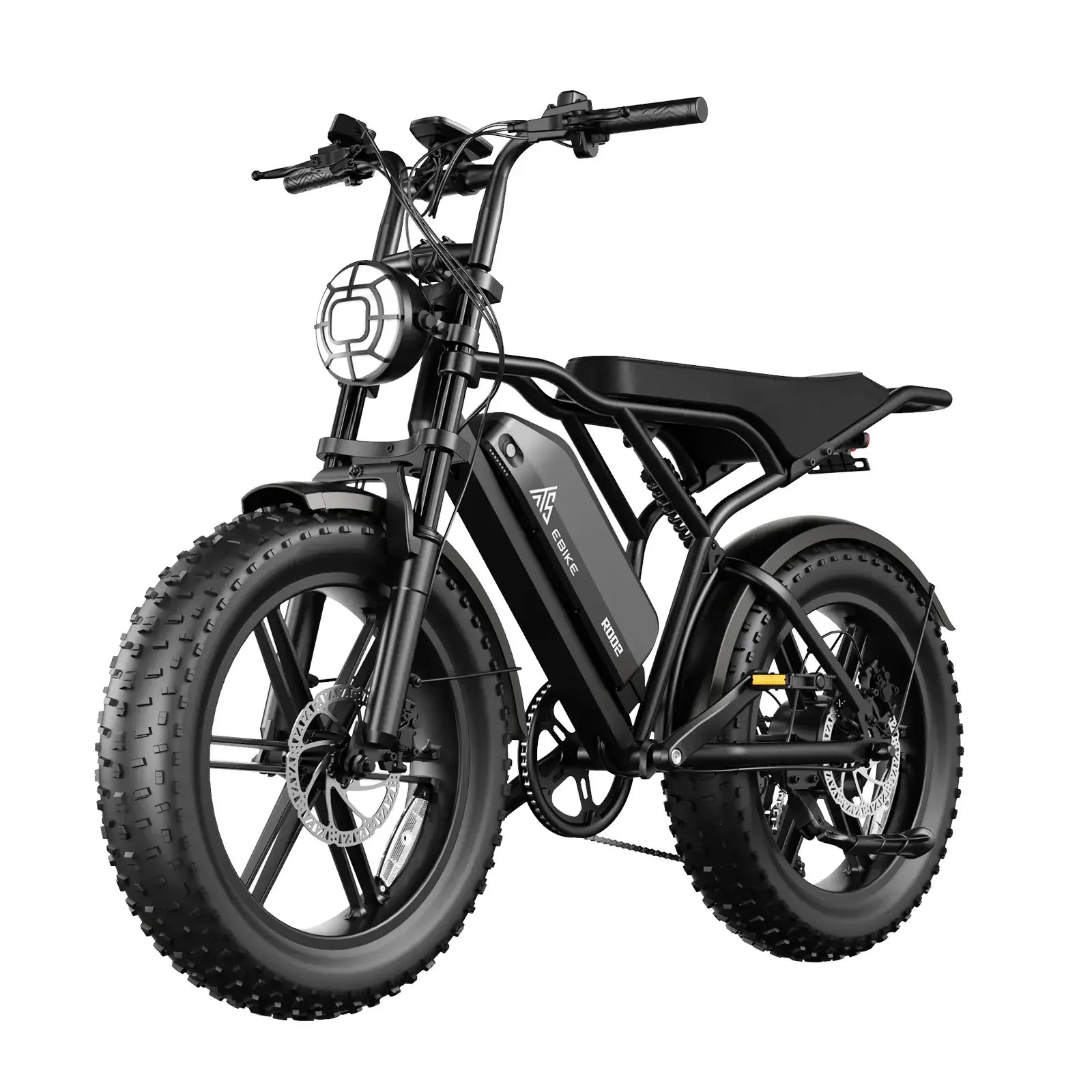




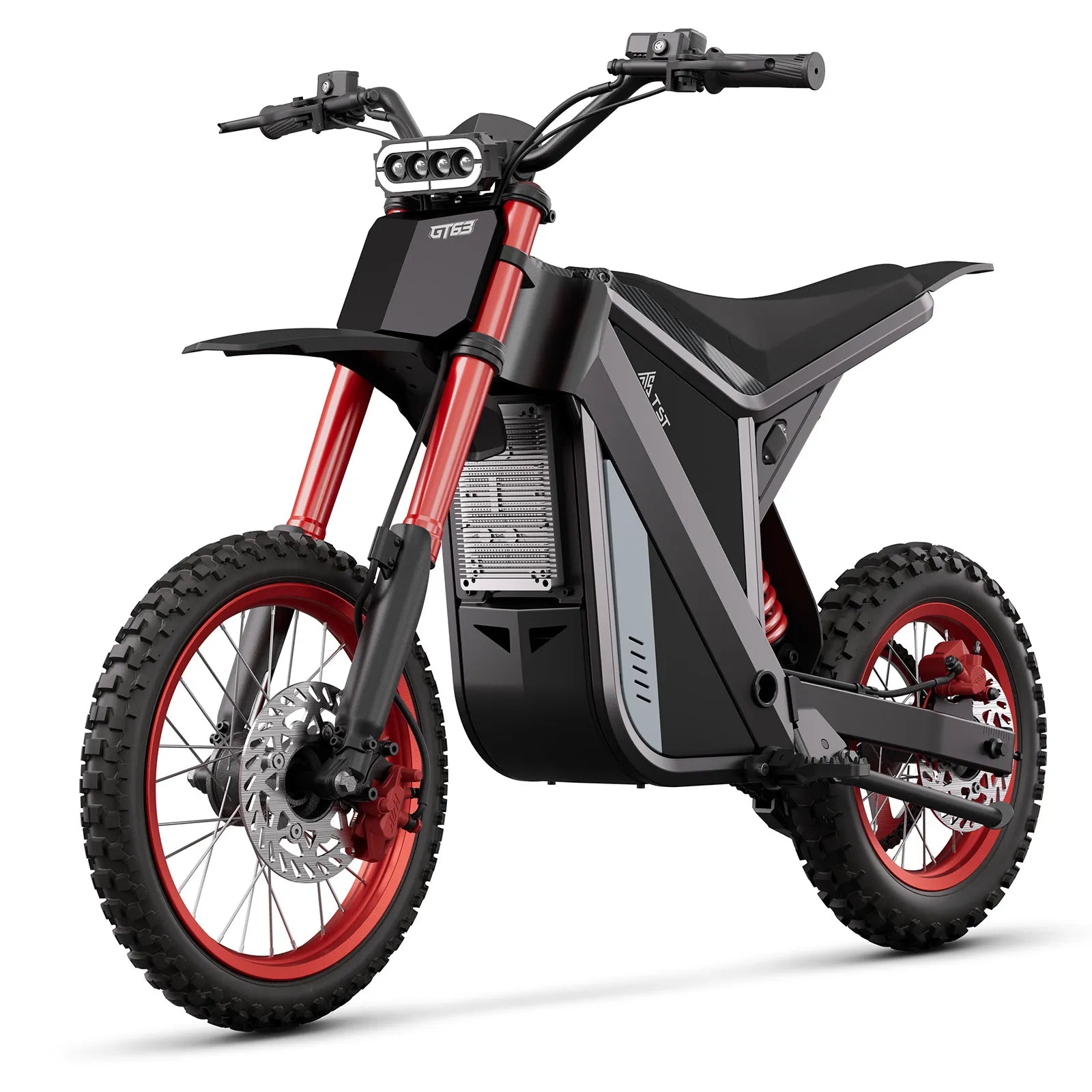



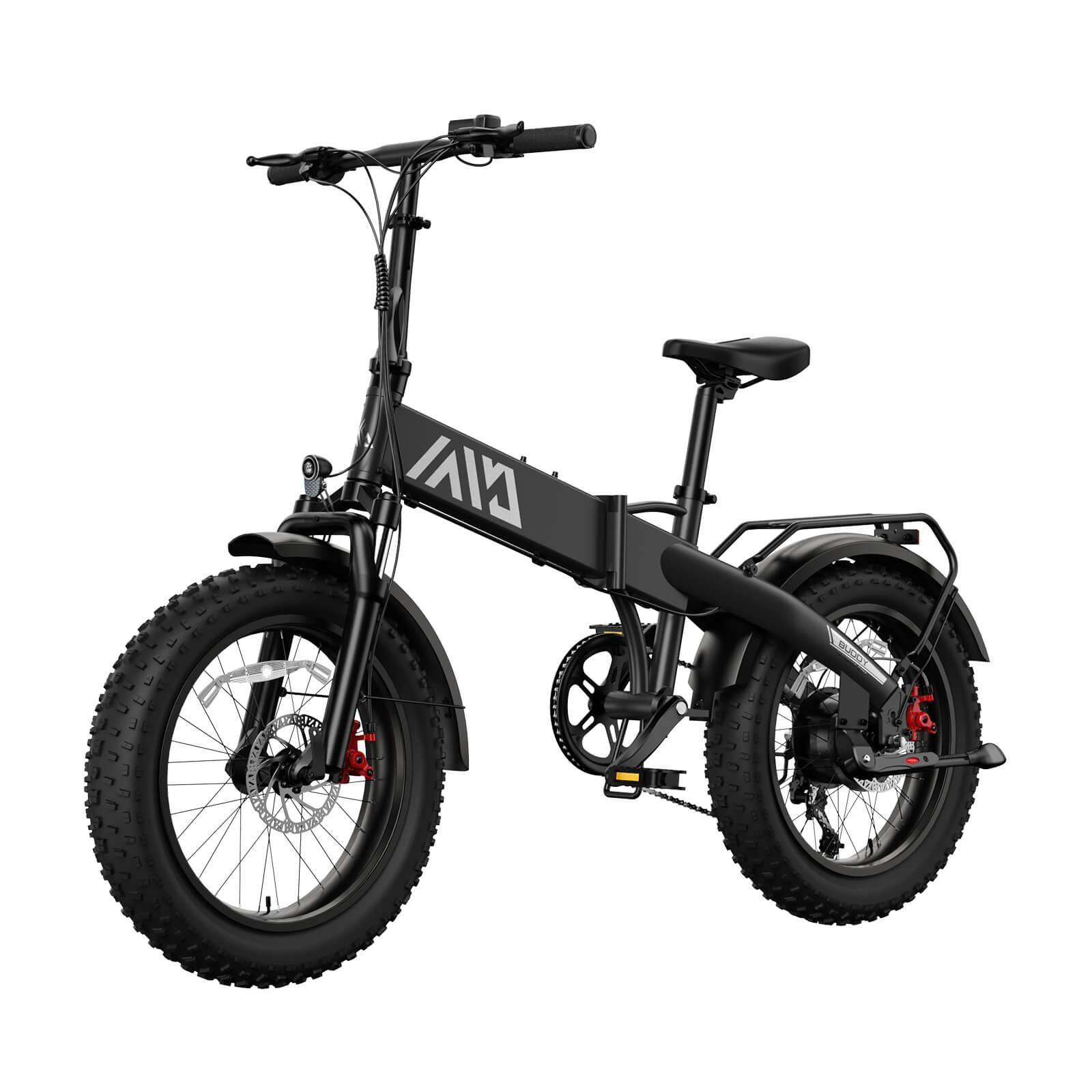
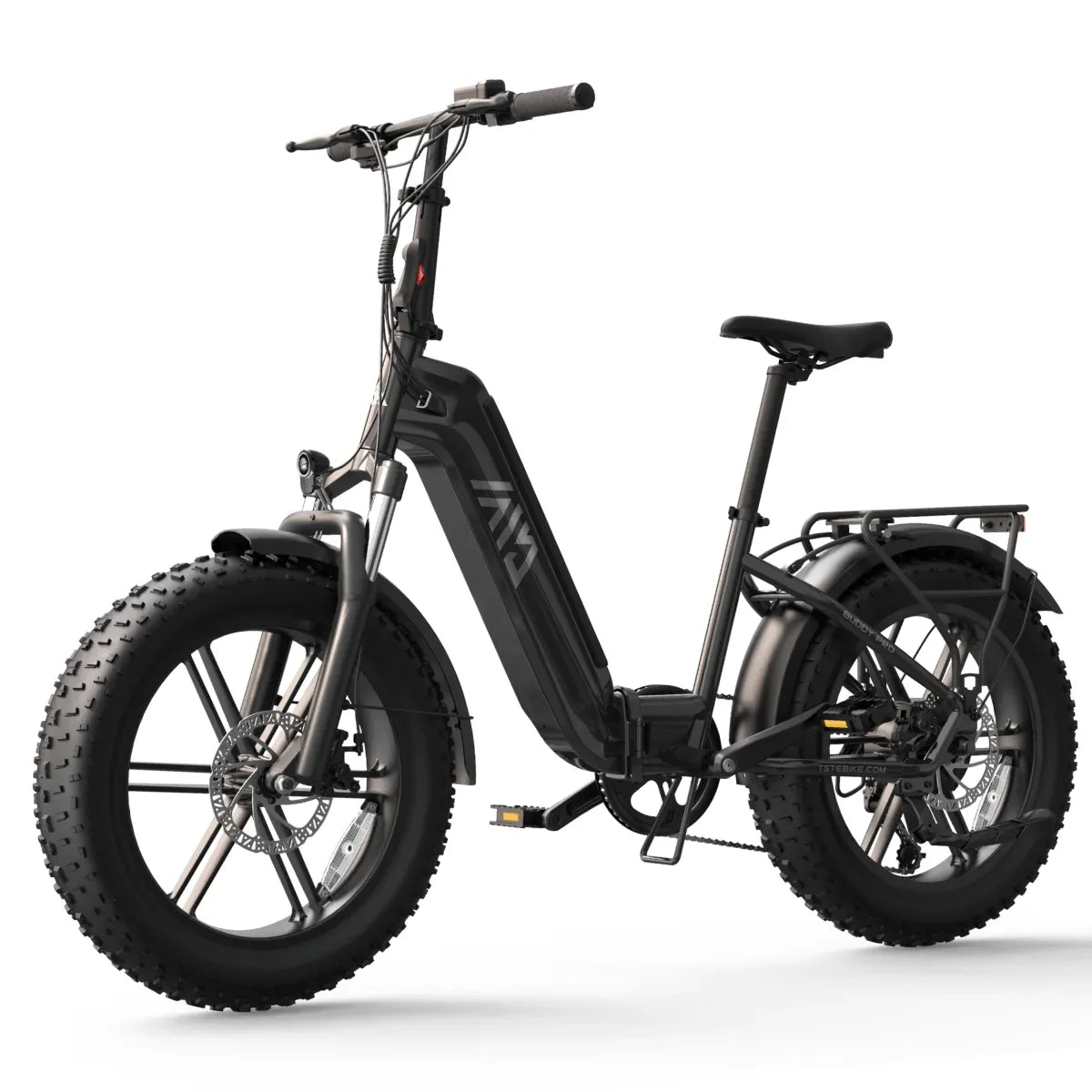
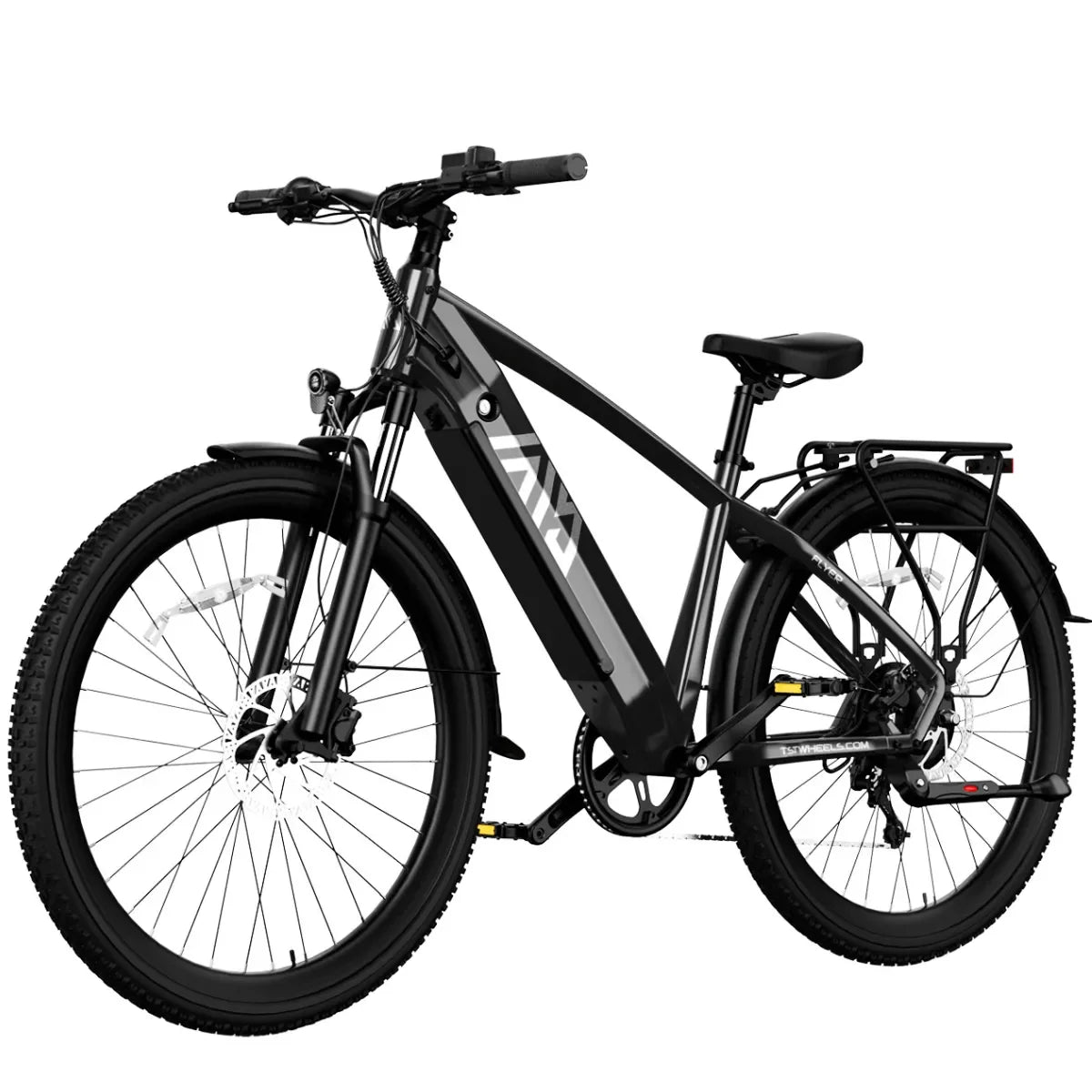

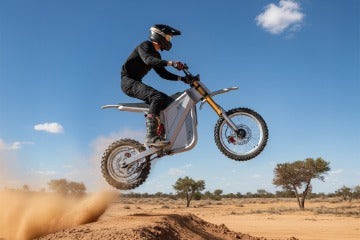
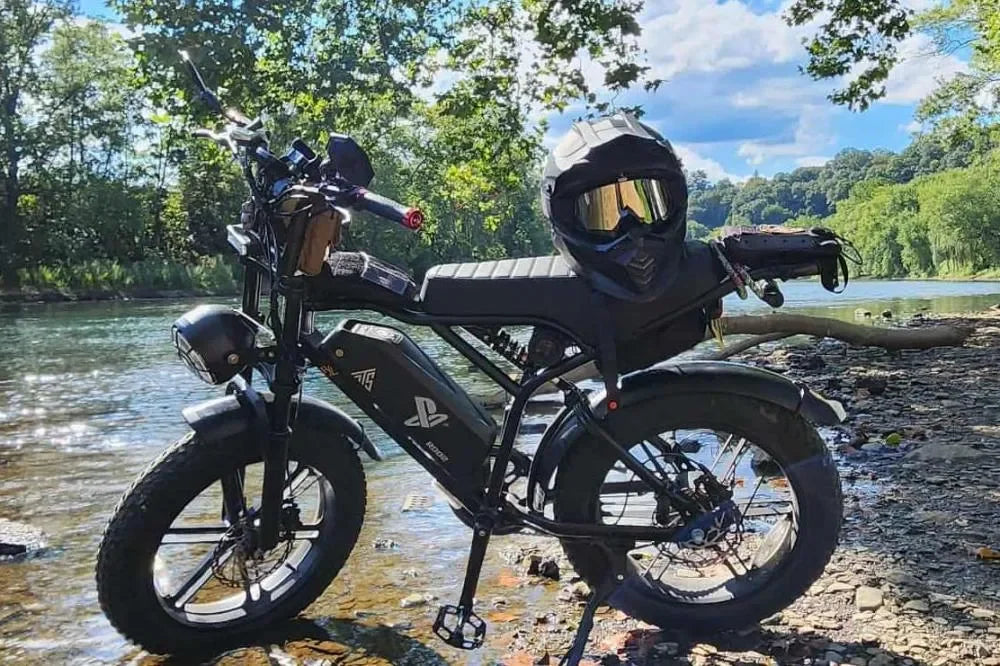


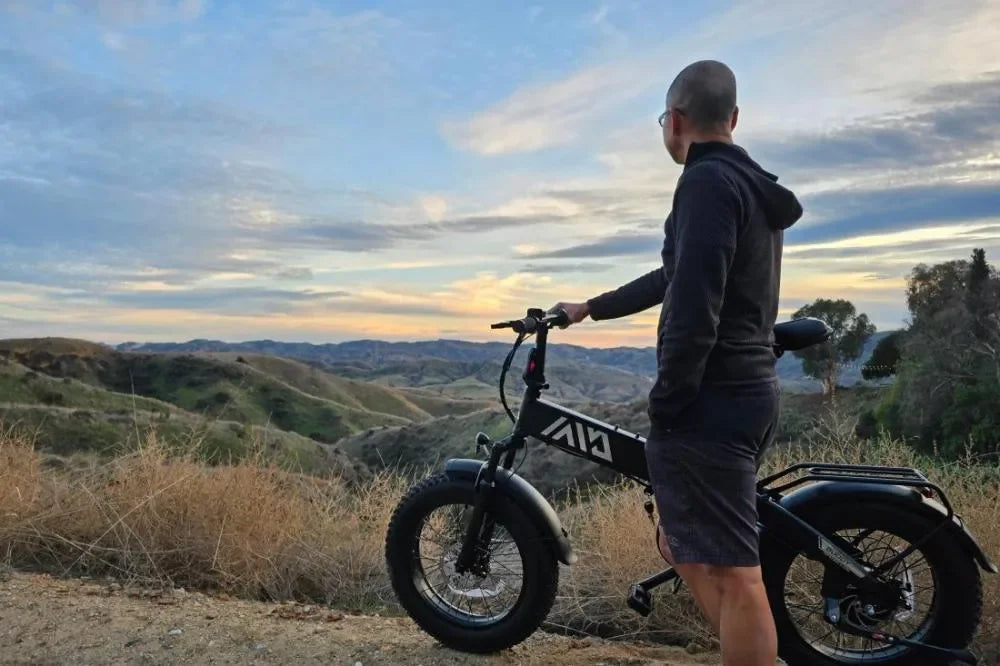
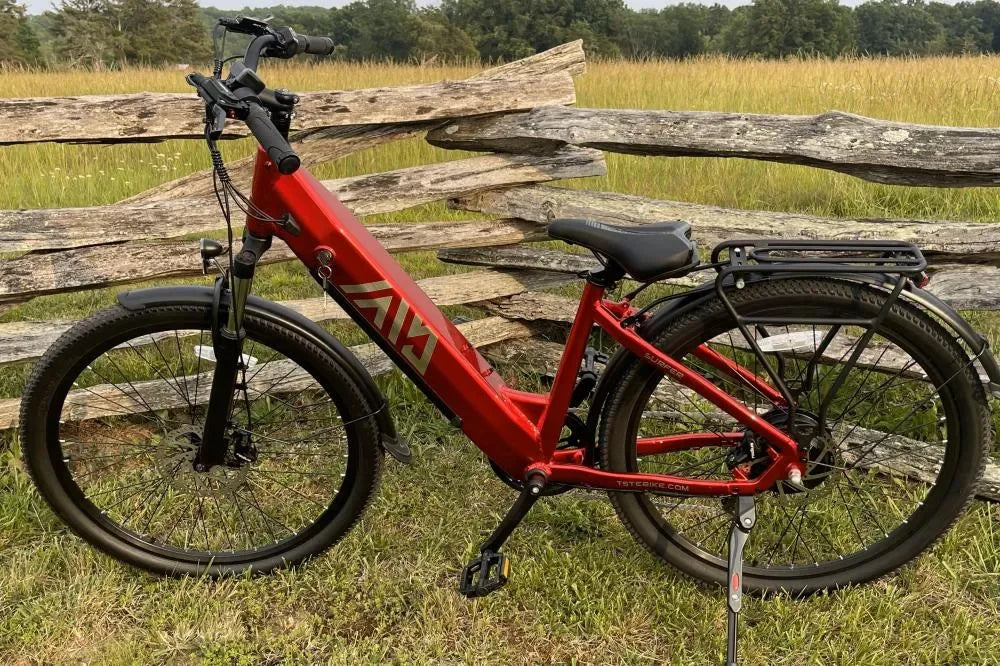
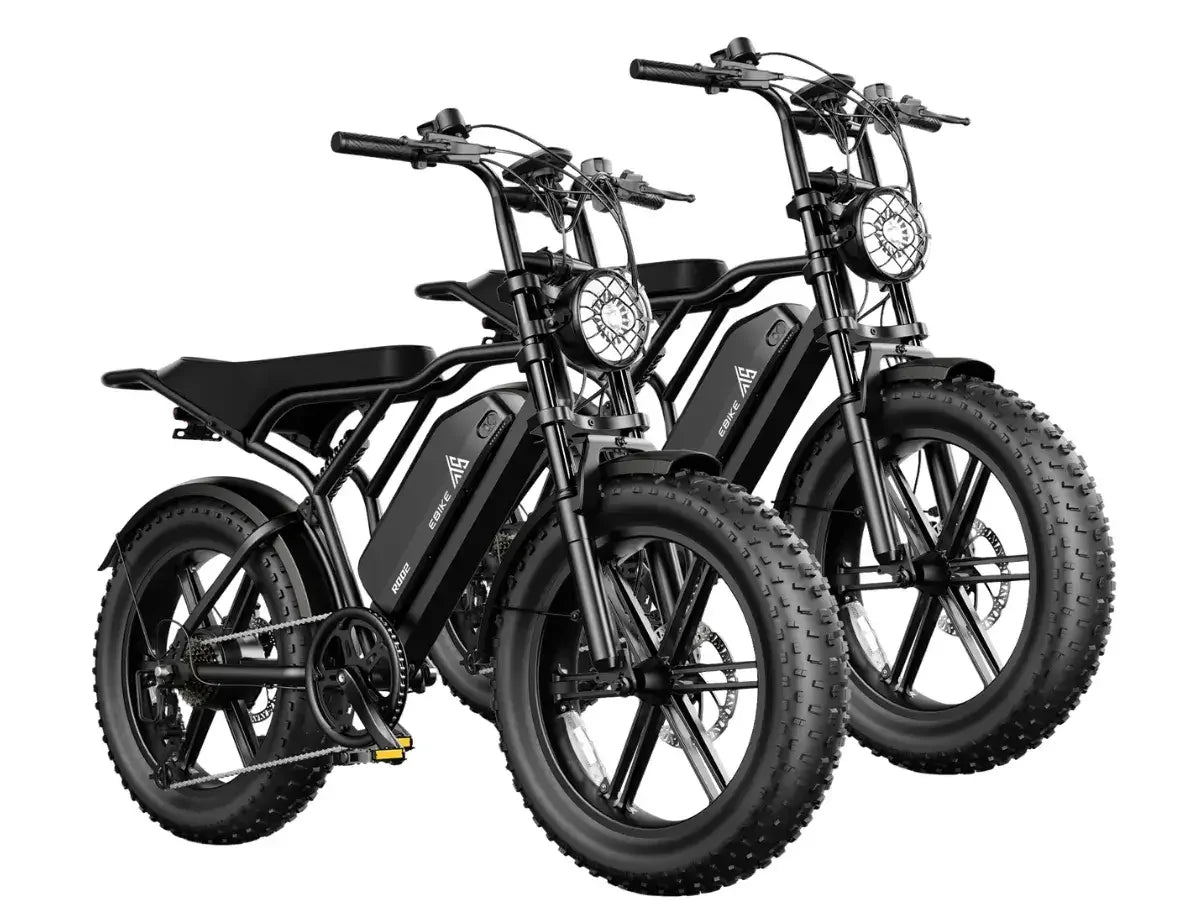
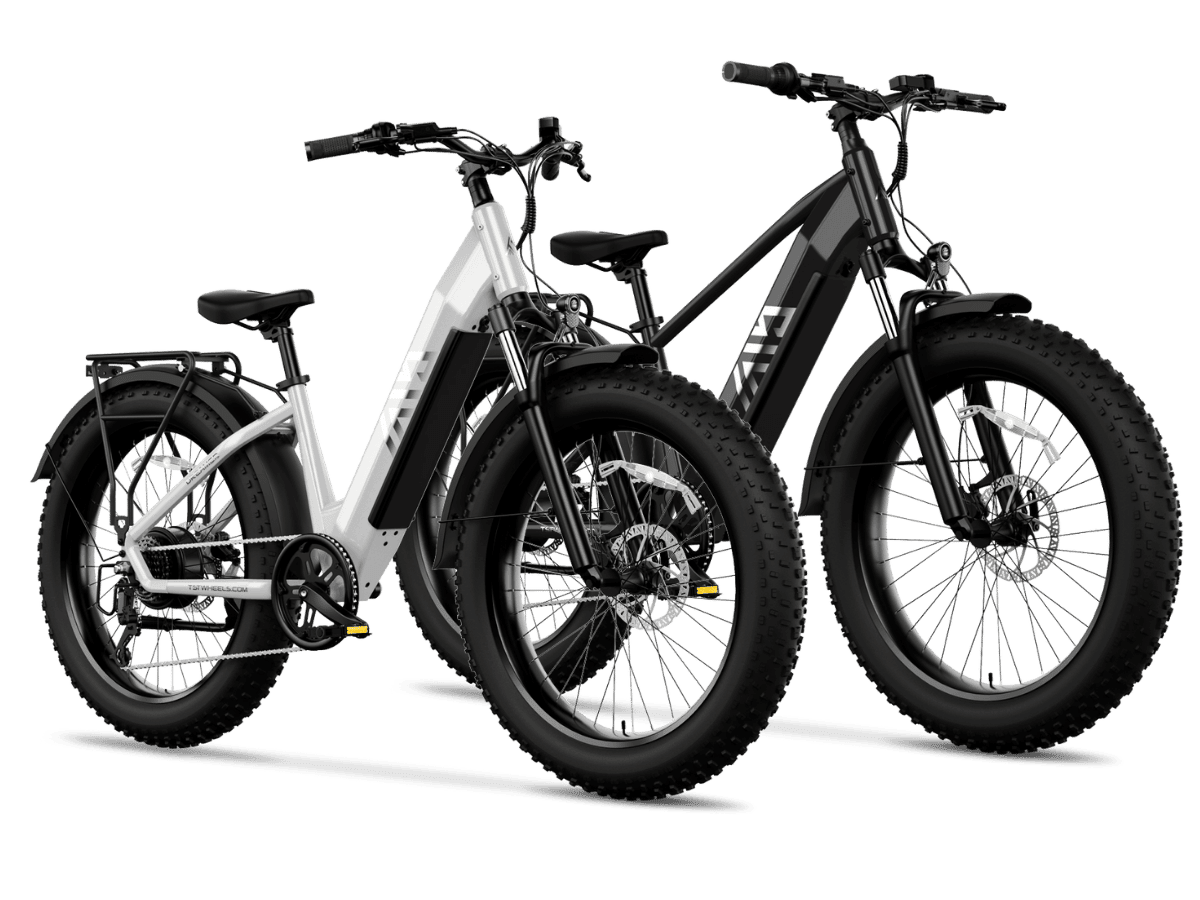
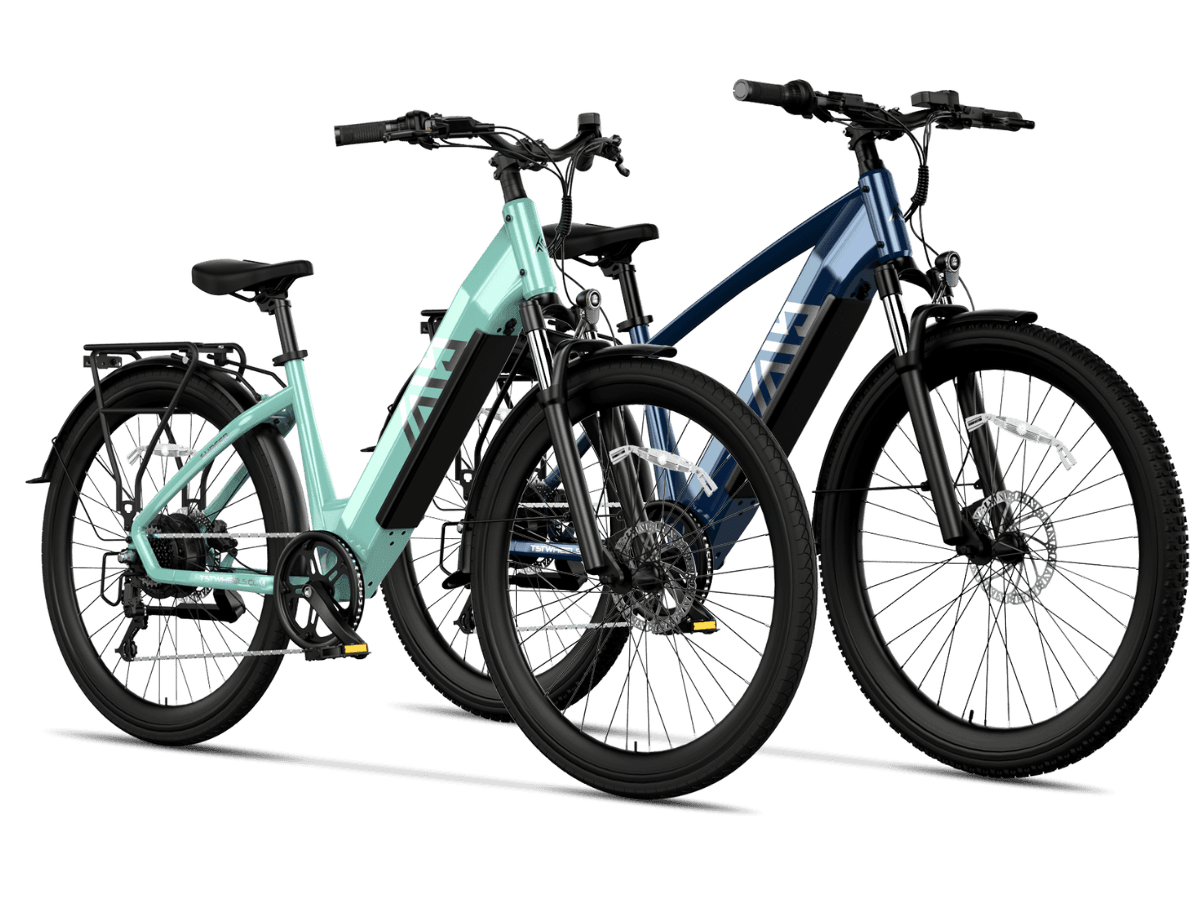
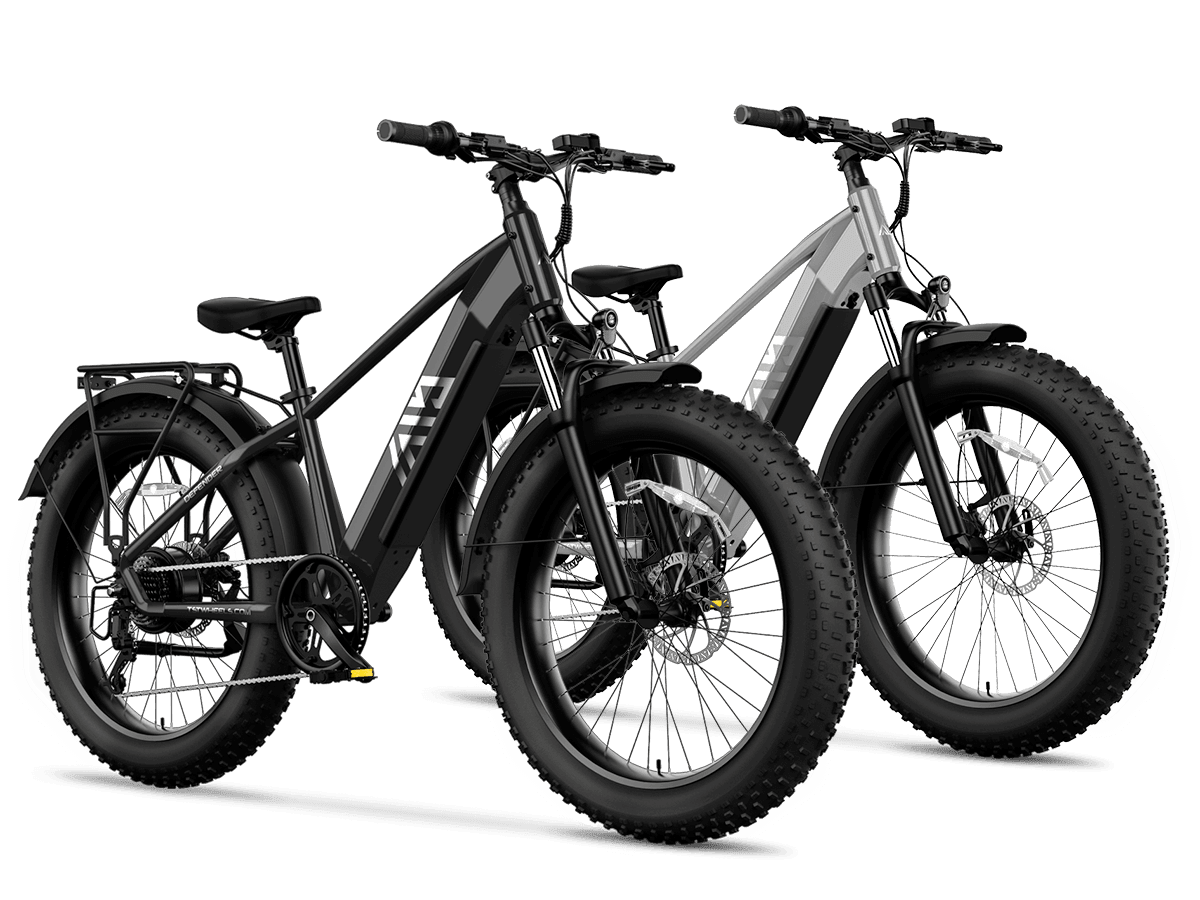
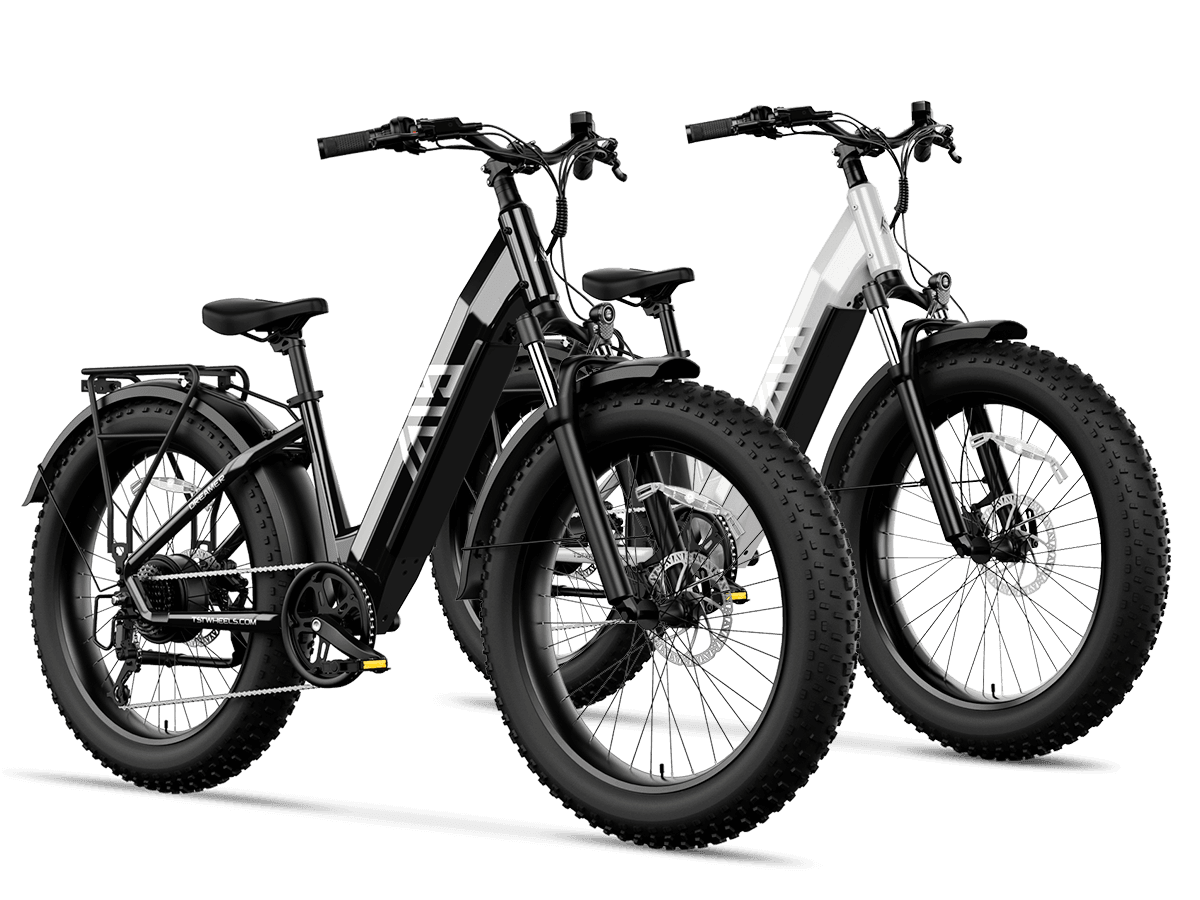
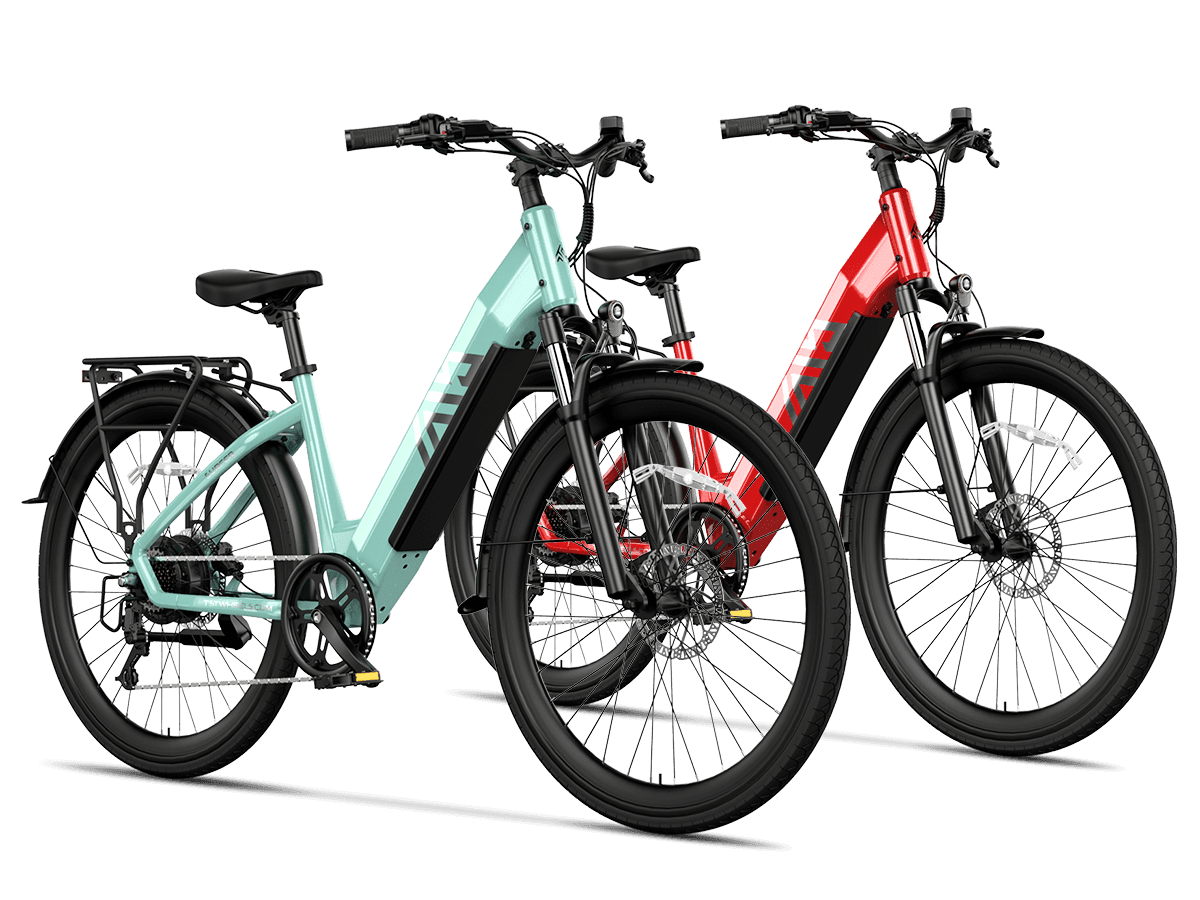
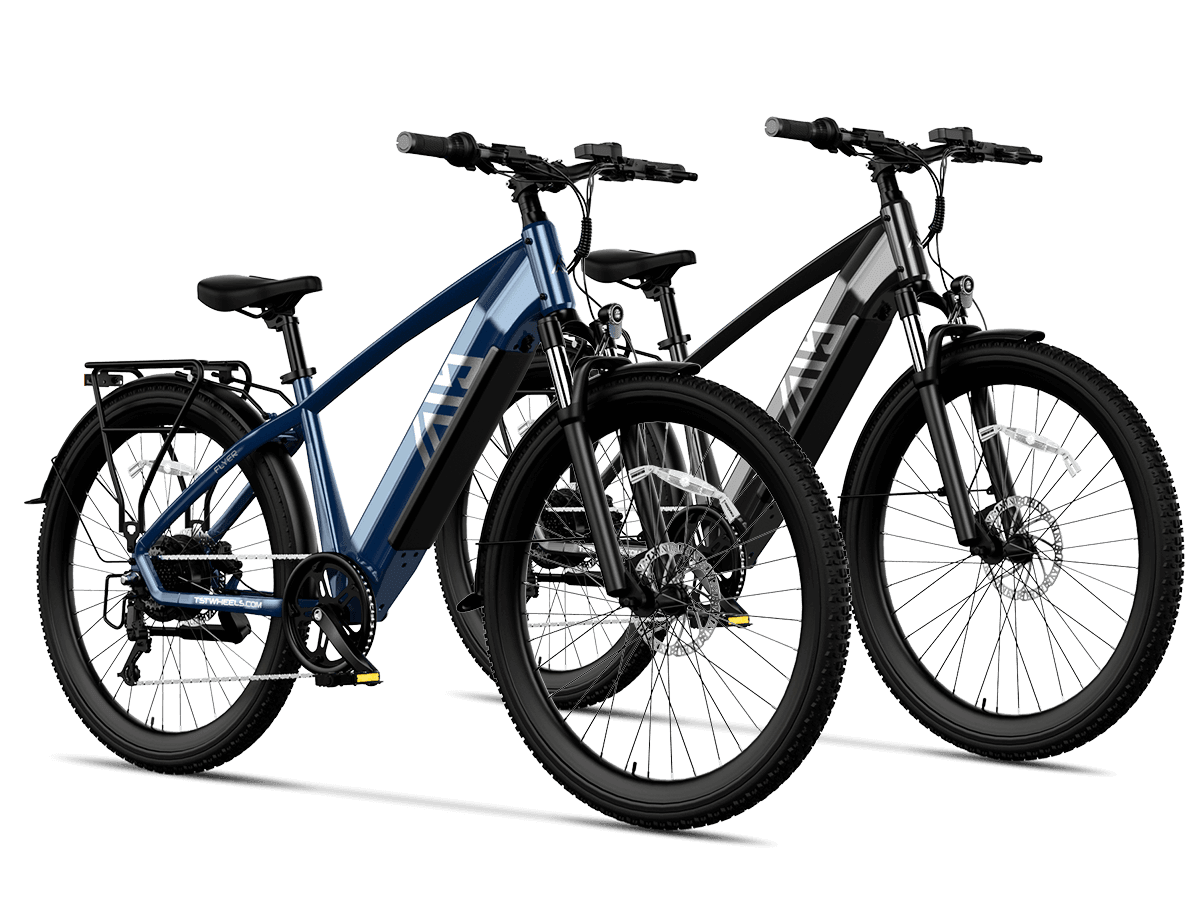
Leave a comment
This site is protected by hCaptcha and the hCaptcha Privacy Policy and Terms of Service apply.